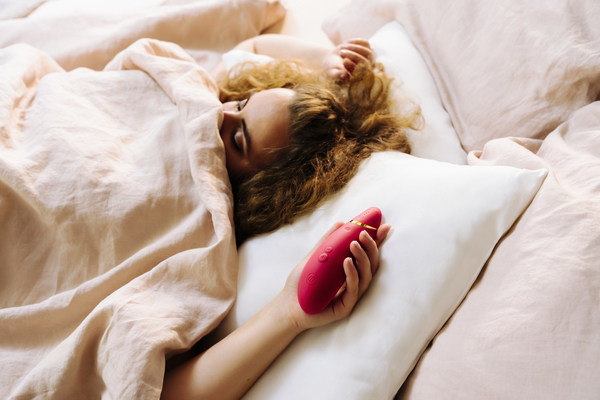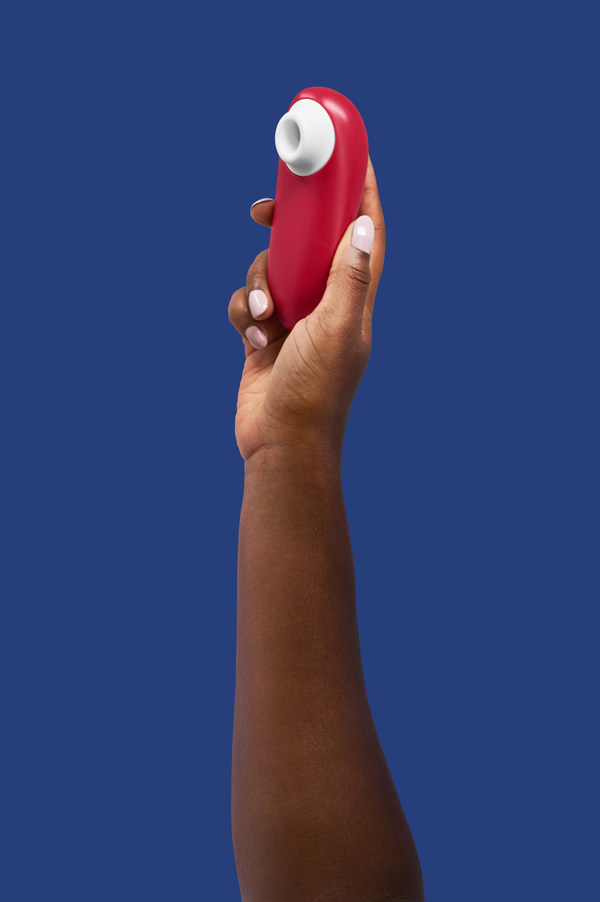 |
“Menstrubation” study shows the pain-relieving effect on menstrual cramps after only three months of regular masturbation
BERLIN, March 2, 2021 /PRNewswire/ — Half of the world’s population[1] get their periods each month and most of them struggle with different painful side effects. Although these symptoms are common, they are hardly researched – like so many topics around women’s health. The so-called Gender Health Gap[2] describes this gap and shows that women have historically been neglected in medicine and research.
In May 2020, Womanizer launched the Menstrubation Study (Menstruation + Masturbation) – the first clinical study worldwide to find out whether masturbation can help against period pain. A total of 486 people who menstruate took part in the study.
The result: Yes, masturbation helps against period pain.
Why do women experience period pain in the first place?
Johanna Rief, Head of Sexual Empowerment at Womanizer, explains: “During menstruation, the uterus contracts spasmodically to shed the lining of the womb that built up over the month for a possible pregnancy. This causes cramps. The contractions of the uterus are also controlled by the hormone prostaglandins. This hormone is a pain messenger and is also involved in inflammation, for example. The higher the levels of prostaglandins, the stronger the period pain can be.”
90 per cent recommend masturbation
When asked whether masturbation or medication worked better for period pain, equal numbers favoured each method: 43 per cent chose medication, 42 per cent masturbation. The most common answers from the remaining 15 per cent were: A mix of both[3], heat, CBD (oil), sleep and exercise. 90 per cent would recommend masturbation for pain relief and 85 per cent plan to maintain their (new) masturbation routine after the study.
Pain intensity and frequency demonstrably decreases
Participants recorded both the intensity and frequency of their pain each month on a standardised 10-point scale. The results show that both parameters decreased noticeably over the course of the test phase. And even more remarkable: even after the control month, the values were still lower than at the beginning of the test phase. The average intensity in the initial survey was 6.7 points[4], after the end of the test phase only 5.4. This corresponds to a decrease of 1.3 points. After the control month, this value was 5.9 and thus still 0.8 points below the initial value. The same effect was also visible in the frequency of period pain. On average, the score was 7.4 points at baseline[5], but after the test phase the score decreased by 2.8 points and stood at 4.6. After the control month, the value was 6.7, which still corresponds to a decrease of 0.7 points.
Why can masturbation help against period pains?
Johanna Rief says: “Following orgasm, a number of hormones are released, including dopamine which reduces stress and activates an inner bliss. As a result, other physical processes take a back seat. This feels like pain relief. Furthermore, the metabolism and blood circulation are stimulated. Both counteract pain. Finally, during orgasm, the muscles contract and relax, which can relieve painful cramps. While these chemical processes are strongest during and after orgasm, they also take place during masturbation – just in a slightly less intense form.”
All results and the full report are available at www.menstrubation.com.
1. Not all women menstruate, and not all who menstruate are women.
2. Slawson, Nicola. “Women have been woefully neglected: does medical science have a gender problem?” The Guardian. December 2019.
Hamberg, Katarina. Gender bias in medicine. Women’s Health, May 2008, p. 237-243.
Verdonk, Petra et al. From gender bias to gender awareness in medical education. Advances in Health Sciences Education, 14, 2009, p. 135-152.
Nobelius, Ann-Maree & Wainer, Jo. Gender and Medicine. A conceptual guide for medical educators. Monash University School of Rural Health, 2004.
3. 23 percent of the remaining 15 percent said so.
4. On a scale from 1 (not intensive) to 10 (extremely intensive).
5. On a scale form 1 (every couple of months) to 10 (each cycle for several days).
Related Links :
Donate To The Indian Sun
Dear Reader,The Indian Sun is an independent organisation committed to community journalism. We have, through the years, been able to reach a wide audience especially with the growth of social media, where we also have a strong presence. With platforms such as YouTube videos, we have been able to engage in different forms of storytelling. However, the past few years, like many media organisations around the world, it has not been an easy path. We have a greater challenge. We believe community journalism is very important for a multicultural country like Australia. We’re not able to do everything, but we aim for some of the most interesting stories and journalism of quality. We call upon readers like you to support us and make any contribution. Do make a DONATION NOW so we can continue with the volume and quality journalism that we are able to practice.
Thank you for your support.
Best wishes,
Team The Indian Sun













